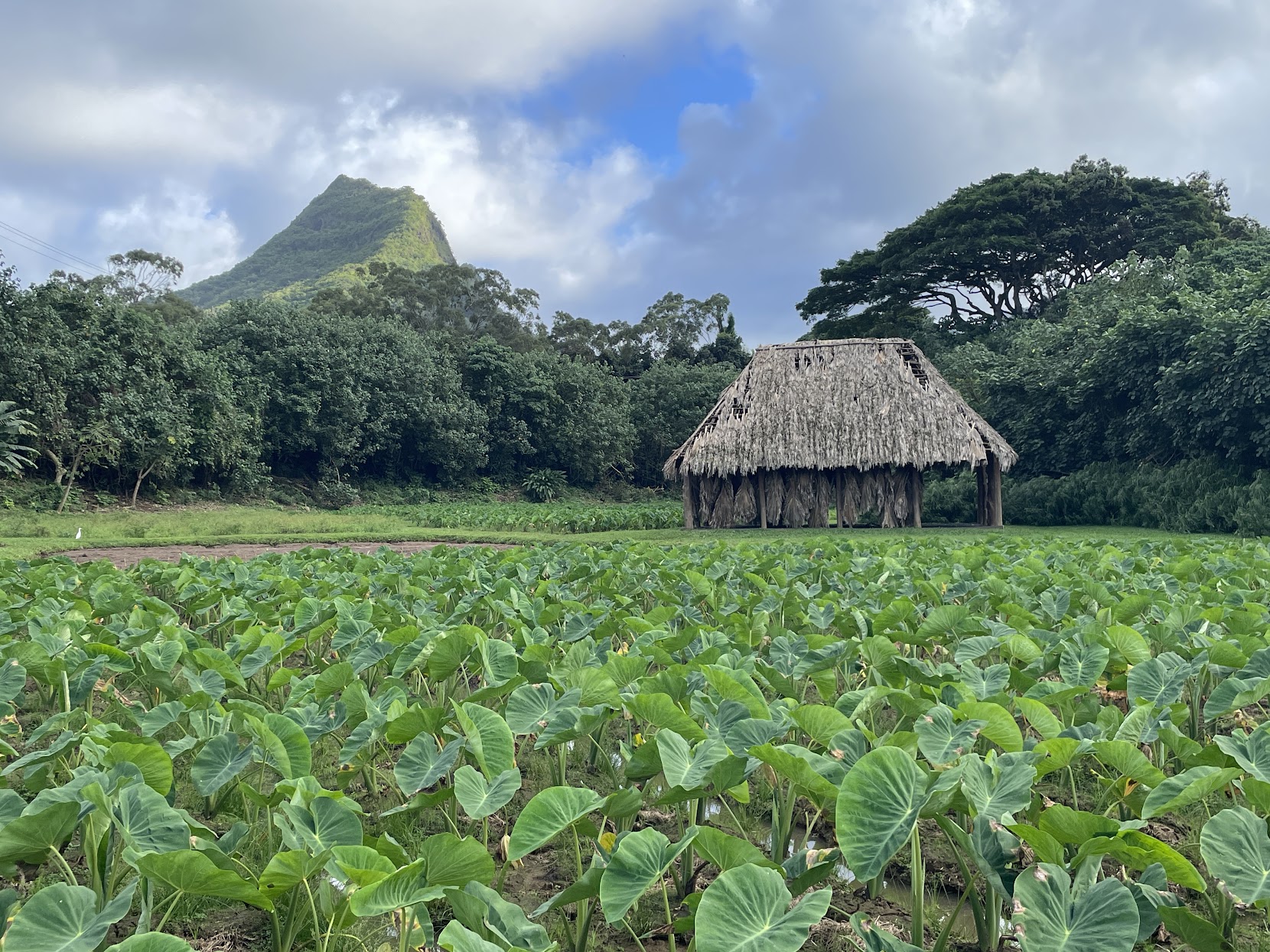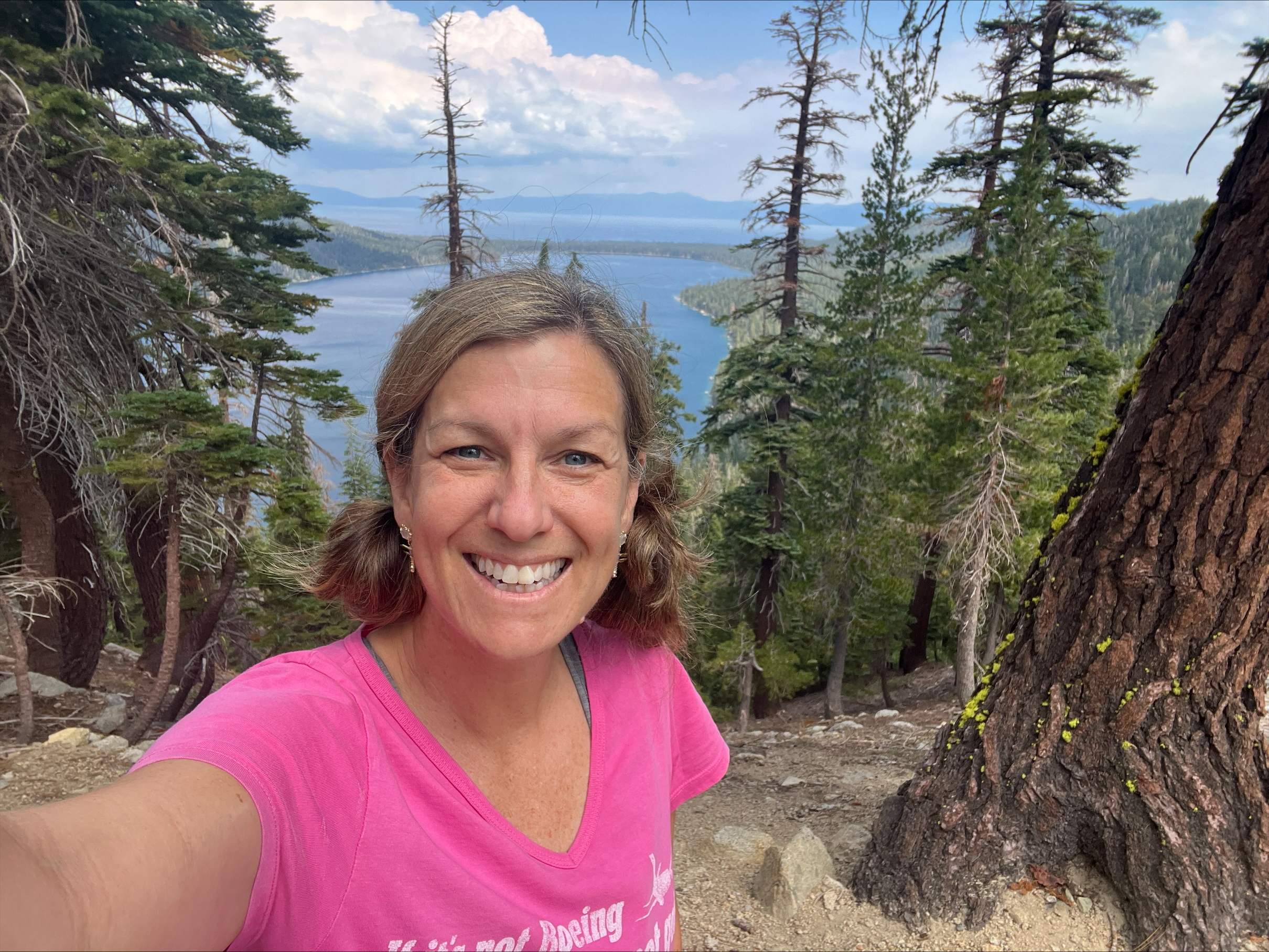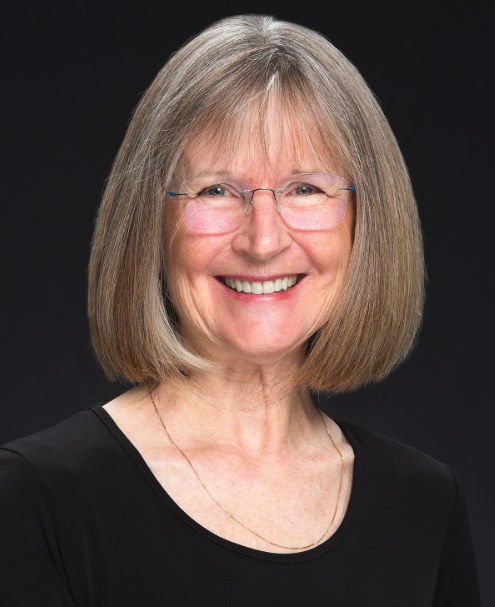What do the neighbors think of my front-yard native planting now? Last summer, the purple anise hyssop burst with fuzzy flower spikes for months, luring happy hordes of bees, who crawled and bobbed and buzzed from flower to flower. The native plants staged a small-scale circus of chaotic, glorious life: purple coneflowers and swamp milkweed tangled with rattlesnake master and sedges, all of it busy with bees and wasps and birds and butterflies. The beauty drew smiles from passersby, the abundance drew pollinators on the wing.
Even last fall, when the flowers dropped petals and the leaves and stems dried and browned, eager goldfinches tussled seeds out of dessicated flower husks—especially those hyssops. The neighbors may have thought what a dead-looking mess, but I took smug satisfaction in knowing that the goldfinches thought: life!
Now it’s February, the snow’s temporary modesty panel melted away, and my little patch is exposed in winter nakedness. Even I have to admit, it looks terrible: broken, rotting stalks, bare dirt, no happy winged visitors. I tell myself there are over-wintering insects in there, that native roots are strong, that spring is coming. But right now: stillness, death.
Jesus says, “Unless a grain of wheat falls into the earth and dies, it remains just a single grain, but if it dies it bears much fruit.” This saying used to bug me. Seeds aren’t dead, I would silently protest with youthful literalism. They’re just dormant. They’re full of life! Sure, but let’s be honest. Dormancy can resemble death.
Anyway, botanical precision is not Jesus’ point. The point is the movement from single to many. An isolated seed—at best a tiny snack for a goldfinch—goes underground and grows into a plant, which, in nature’s extravagance, produces thousands of seeds, feeds thousands of souls, joins a cycle of astonishing, exponential, chaotic life. Is Jesus the seed? Are we? Yes.
Those who hate their life in this world
What does it mean to fall to the ground, then, to die? Why does Jesus tell us to hate our life in this world? I thought God so loved the world? Why should we hate it?
The gospel-writer’s word for world is kosmos, but this is little help. God loves the kosmos, you should hate the kosmos. What do you mean by kosmos, John? I suppose we have to read the rest of Jesus’ statement: “Those who love their life lose it, and those who hate their life in this world will keep it for eternal life.”
We are in danger here of succumbing to Platonic spiritualizing and imagining that life = immortal soul and world = anything physical, matter, earth, bodies. No. We know the creation is beloved, that God is committed to it, that the Incarnation is God’s great yes to this intricate, perplexing materiality.
We are going to have to take “world,” then, as something else, perhaps the powers, the darkness, the great systems of grasping, obsessive hunger. The dominance-desire that builds and bolsters exploitative empires, the kind that extract, waste, degrade, the kind that torture and crucify. Robin Wall Kimmerer writes of an Anishinaabe monster, the Windigo—a figure of insatiable, self-cannibalizing hungers. Her people teach their children to fear the Windigo, because Windigo thinking means, in the end, that everyone starves.
Perhaps this is what we must hate and die to: greed, insatiable hunger, lust for dominance and power. This is the way of “the world,” and to live, we must die to it.
How? Learn from the seed, perhaps. The seed knows how to die for the purpose of generosity. And the death is actually a dormancy. So perhaps one way to die to the world is to rest. Or more broadly, to cultivate a posture of enough-ness, satisfaction. Scholar David Barr recently reflected on the spiritual necessity of cultivating satisfaction, particularly in light of the climate crisis. He wrote:
The only limit I can see to human expansion, short of devastating collapse, is for us as individuals and a society to be capable of being satisfied. But satisfaction requires an ideal other than just “more”: more power, more stuff, longer life. We cannot live well with a pervading sense of incompleteness.
We ought to know this, because we ought to remember the Sabbath. Journalist Michael Coren explains how the founder of the Green Sabbath Project, Jonathan Schorsch, considers keeping the Sabbath not only important for our own thriving but also useful as an earth-healing strategy:
The immediate effect [of Sabbath-keeping] among millions of people, [Schorsh] calculates, could dial back emissions for at least one day a week with no new technology or spending. But the practice of doing nothing, he argues, can make people change the way they live year-round, not just on the Sabbath, by appealing to an ancient human ritual, rather than reason or even religion.
“The world” mitigates against rest and satisfaction, but the actual world knows better. The dormancy of the seed, then, is our model of defiance, a losing of life to save it—and multiply it. In his famous book on the Sabbath, Rabbi Abraham Joshua Heschel wrote that the day of rest is “the day on which we learn the art of surpassing civilization.” Not avoiding, not escaping from, but surpassing.
When I am lifted up
The seed falls, but the Lord is lifted up—this is the death by which he must die—lifted up, then down again in burial, then the seed rises to become the first fruits. So many ups and downs.
Christ is lifted up in crucifixion, later lifted in ascension, in order to become, as it were, magnetic: “And I, when I am lifted up from the earth, will draw all people to myself.” That’s the point, the drawing.
All people? Some manuscripts say “all things.” People or things? The tradition could not decide, so in this verse anyway, we carry both. Colossians 1 weighs in on the side of ta panta. All things. Christ reconciles all things to himself. Christ, lifted up in death, becomes the kosmos magnet.
Imagine it—the goldfinches, the hyssop, the neighborhood, cities and farms, whales, oceans, planets, nebulae—imagine it all spinning and wheeling, swirling in a whirlwind and sucked into the heart of Christ. The one in whom all things hold together. His heart like a seed, holding the embryonic hope of renewal.
Walk while you have the light
Gorgeous clouds today, fleeting glimpses of blue sky, the sun gifting wan warmth. The days are getting longer, the light lengthening morning and evening, every new day.
I’m not good at dormancy. I cope with this world of darkness by doing, thinking, working. Even my Sabbaths are full of fretting. The assorted darknesses of our age tempt me toward anxious weariness, away from the wisdom of rest. I keep going.
I wash the dishes at the sink and look out the window on a still-cold world. Nothing stirs yet in the patch of native plants. I can only wait, hoping the light will draw out the secrets that roots and seeds and over-wintering insects have been guarding all winter, so that we can see what they’ve been up to. For now, they hold their secrets close.
Thanks to Derrick Weston, Ellen Davis, and Wilson Dickinson, my much-esteemed conversation partners on this text for the Green Lectionary Podcast, sponsored by Creation Justice Ministries. Preparation for our recording session along with the conversation itself inspired much of the content for this essay. The episode will be released on March 8.





